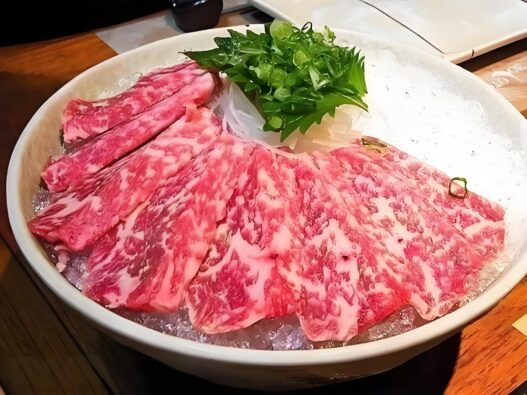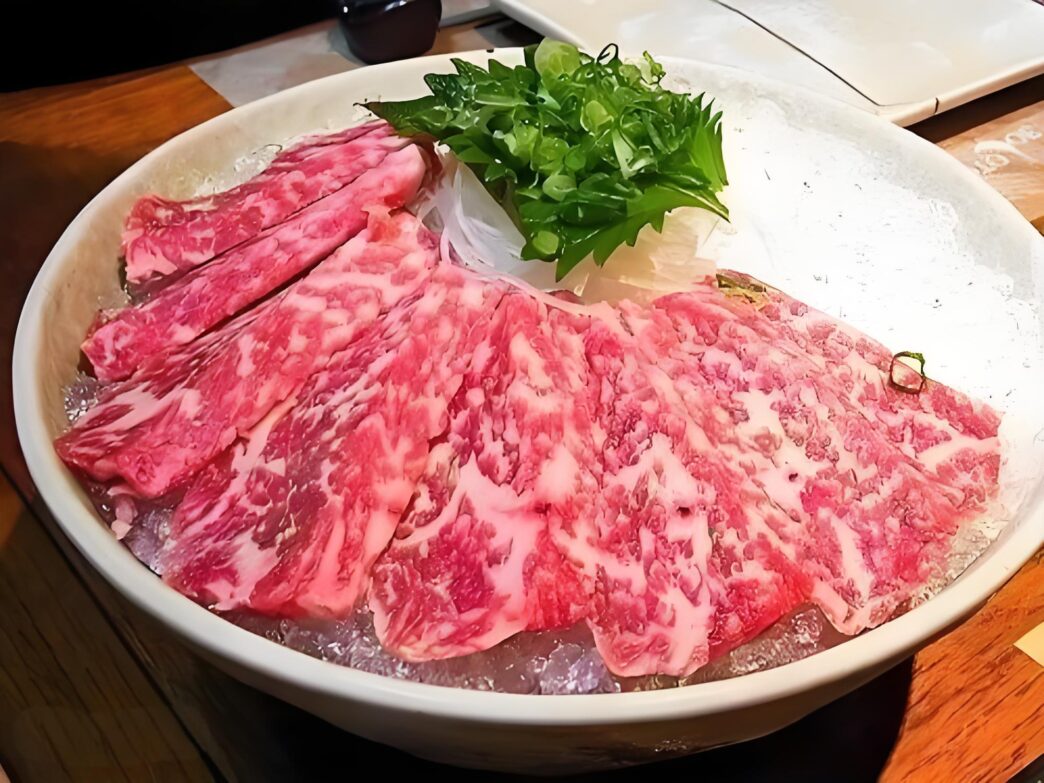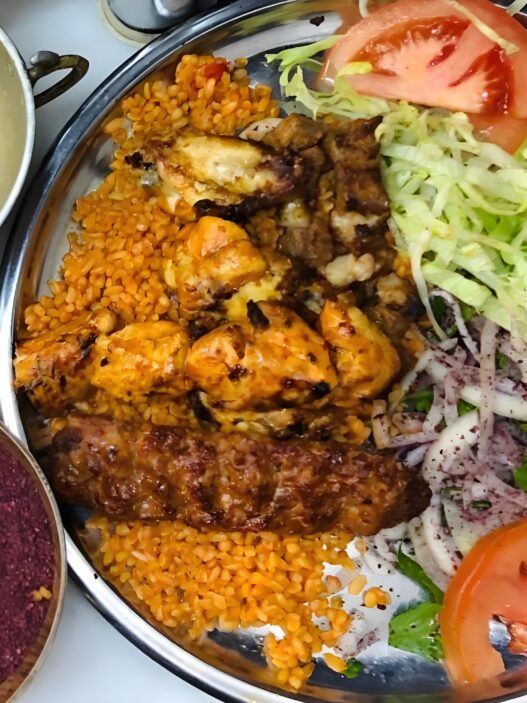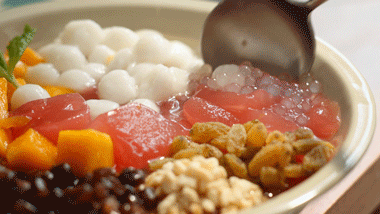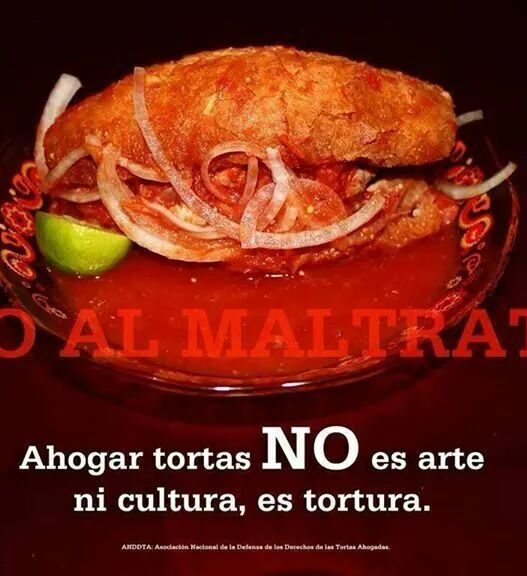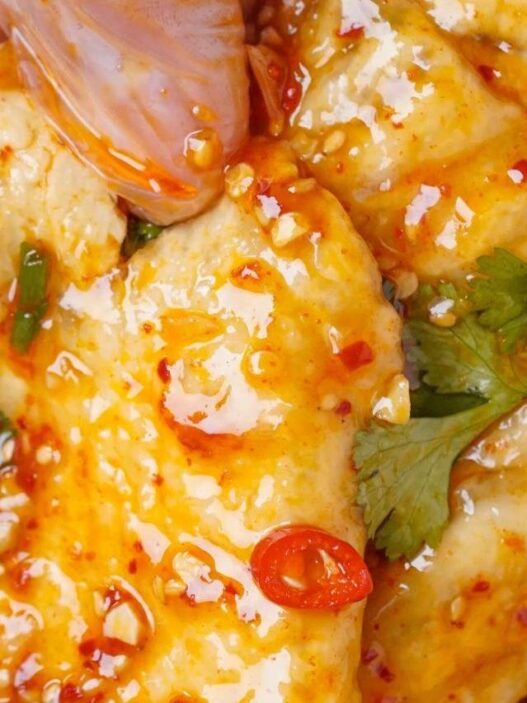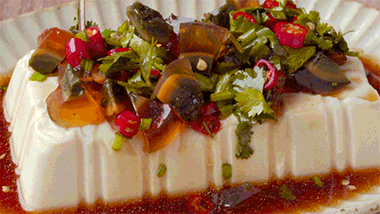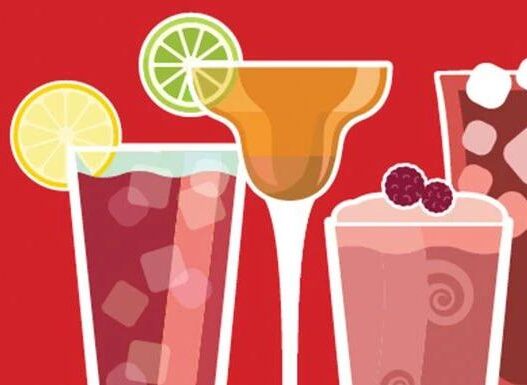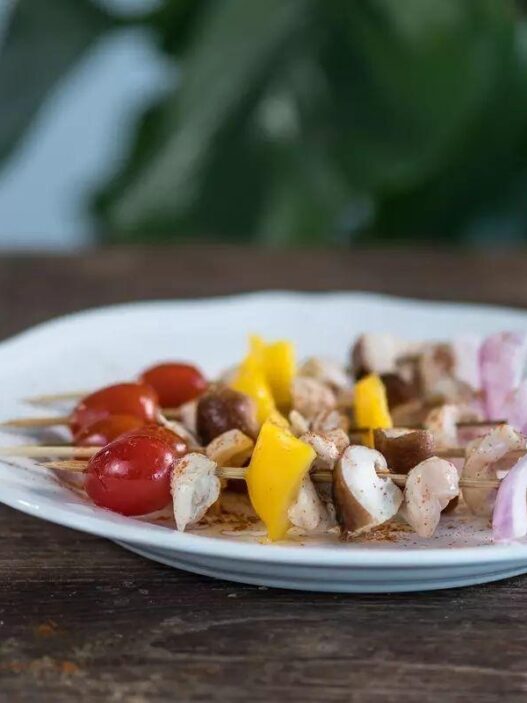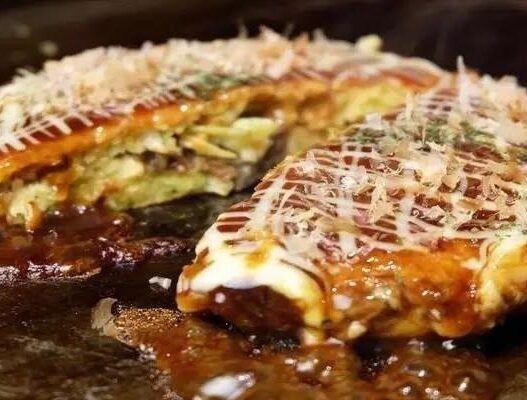Japanese Wagyu Beef is more than just a meal—it’s a luxurious experience. With its unparalleled marbling, melt-in-your-mouth texture, and rich umami flavor, Japanese Wagyu Beef has gained worldwide fame as the finest beef money can buy. Among the many varieties, Kobe Beef stands out as a globally recognized name, often associated with premium quality and exclusivity.
But what exactly is Wagyu? How does Kobe Beef compare to other Wagyu varieties like Matsusaka and Omi Beef? And is the Wagyu you find outside Japan the real deal? Let’s break down everything you need to know about Japanese Wagyu.
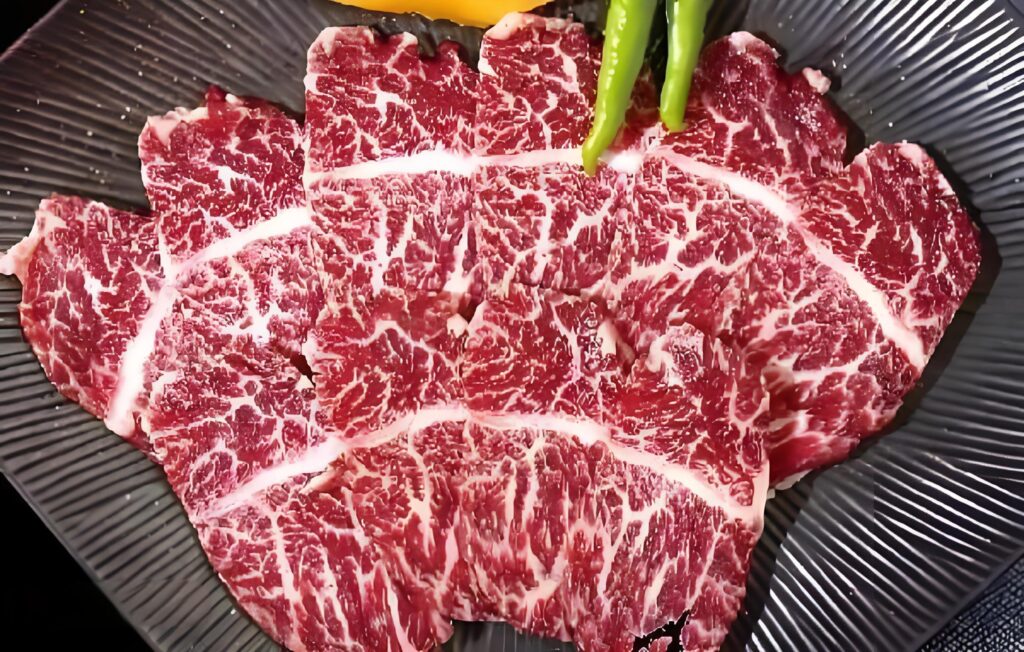
What is Wagyu? Understanding the Basics
The Four Official Wagyu Breeds
Wagyu (和牛) refers to four specific breeds of Japanese cattle that have been selectively bred for superior marbling and tenderness:
Japanese Black – The most common breed, making up about 95% of all Wagyu cattle in Japan.
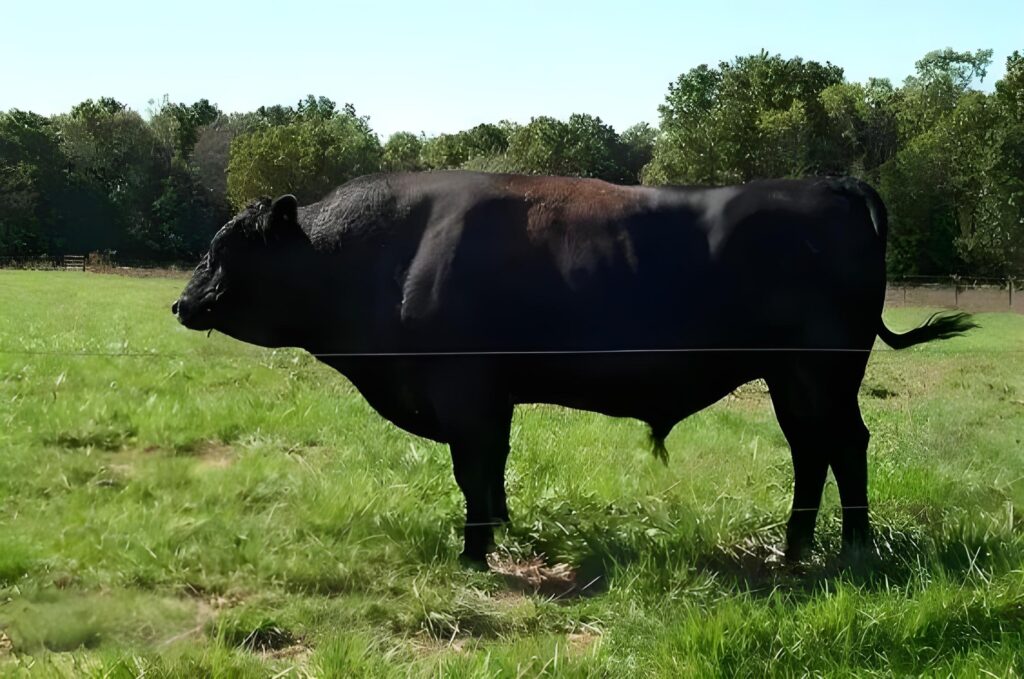
Japanese Brown – Slightly leaner with a robust flavor.
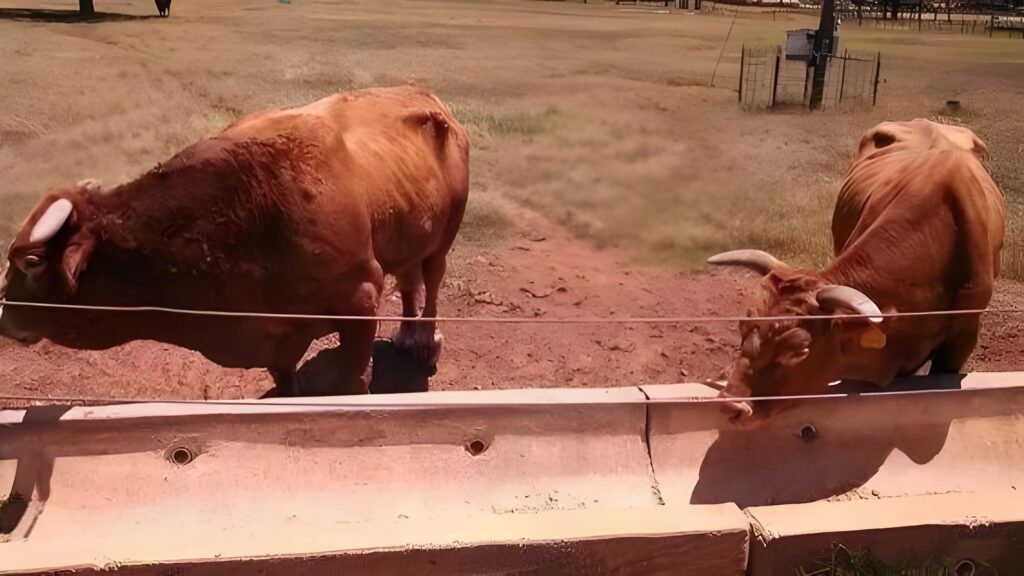
Japanese Shorthorn– Known for its strong beefy taste.
Japanese Polled – The rarest of the four, with a rich, meaty flavor.
The Difference Between Wagyu and “Domestic Japanese Beef”
Not all beef from Japan is Wagyu. Domestic Japanese beef (Kokusan-gyu) refers to any cattle raised in Japan, regardless of breed. Wagyu, however, must meet strict lineage and breeding criteria to earn its designation.
What Makes Wagyu So Special?
The Science of Marbling (“Shimofuri”)
The hallmark of Wagyu beef is its high degree of marbling, known as “Shimofuri” (雪花). This intramuscular fat has a lower melting point than regular beef, giving Wagyu its signature melt-in-your-mouth texture. The fat also enhances the meat’s umami flavor without making it greasy.
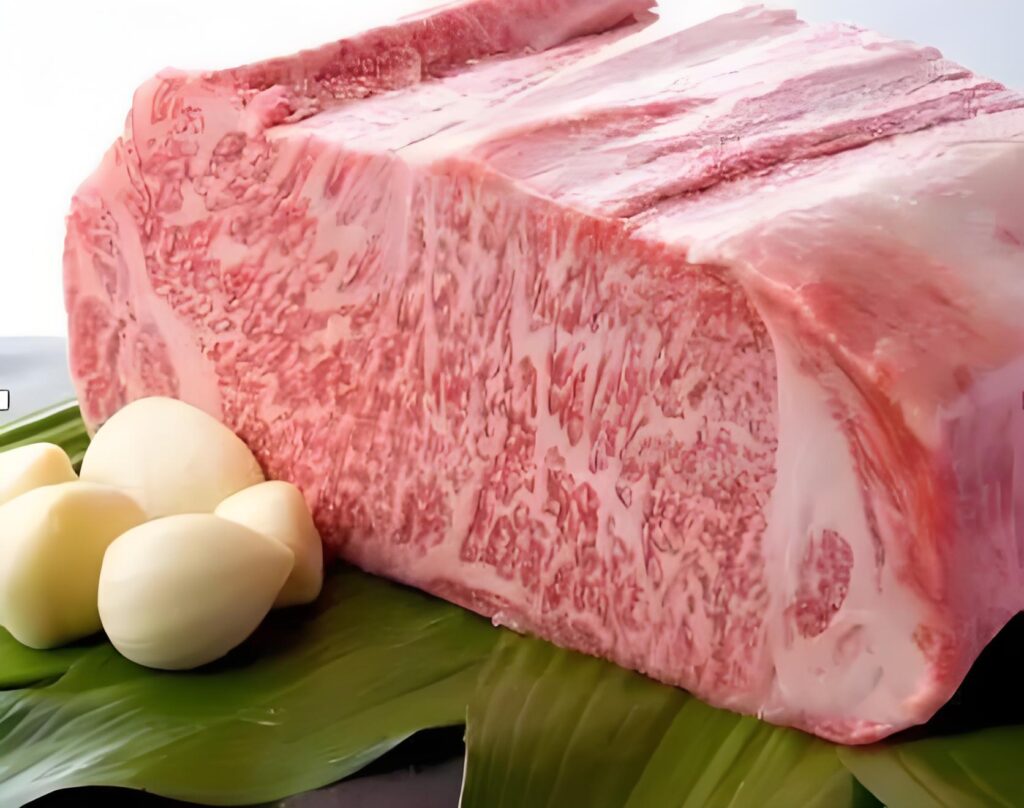
For comparison:
- Japanese Wagyu: 20-25% marbling.
- USDA Prime Beef: 6-8% marbling.
- Australian Wagyu: Typically between 8-12% marbling.
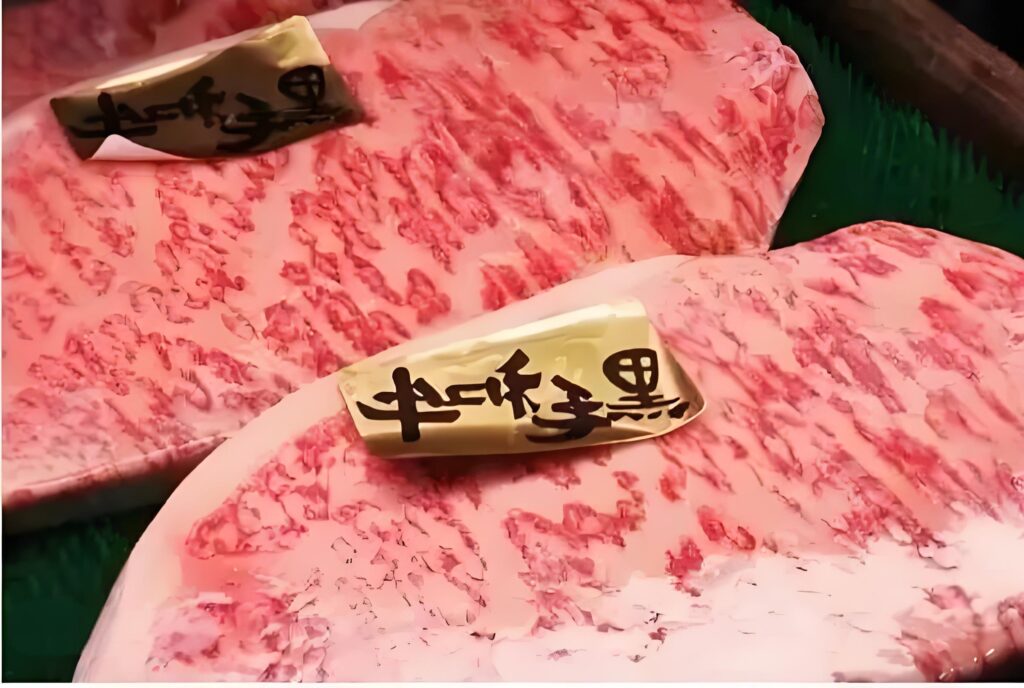
The Wagyu Grading System
Japan uses a meticulous grading system to evaluate Wagyu, based on two main factors:
- Yield Grade (A-C): Measures meat-to-bone ratio, with A being the highest.
- Quality Grade (1-5): Evaluates marbling (BMS score), meat color, texture, and fat quality.
The highest grade is A5, meaning the best yield with top-tier marbling and flavor.
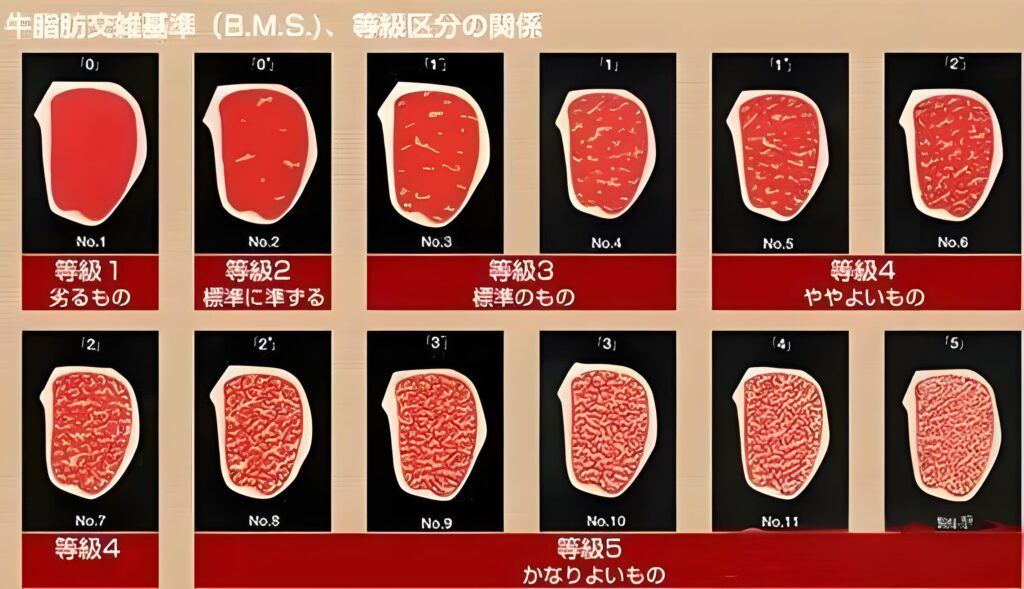
Kobe Beef vs. Other Wagyu: What’s the Difference?
The “Kobe Beef” Myth
Kobe Beef is not a breed but a brand. It comes from a specific type of Wagyu known as Tajima cattle, raised under strict conditions in Hyogo Prefecture. To be certified as Kobe Beef, the cattle must meet stringent criteria, including:
- Tajima bloodline – Must be purebred from Hyogo Prefecture.
- Strict Feeding Regimen – Raised on a special diet, often including grains and mineral-rich water.
- BMS Score 6+ – Must have exceptionally high marbling.
- Weight Limits – The carcass must fall within specific weight ranges.
Only around 5,000 head of cattle qualify as Kobe Beef each year, making it one of the rarest beef varieties in the world.
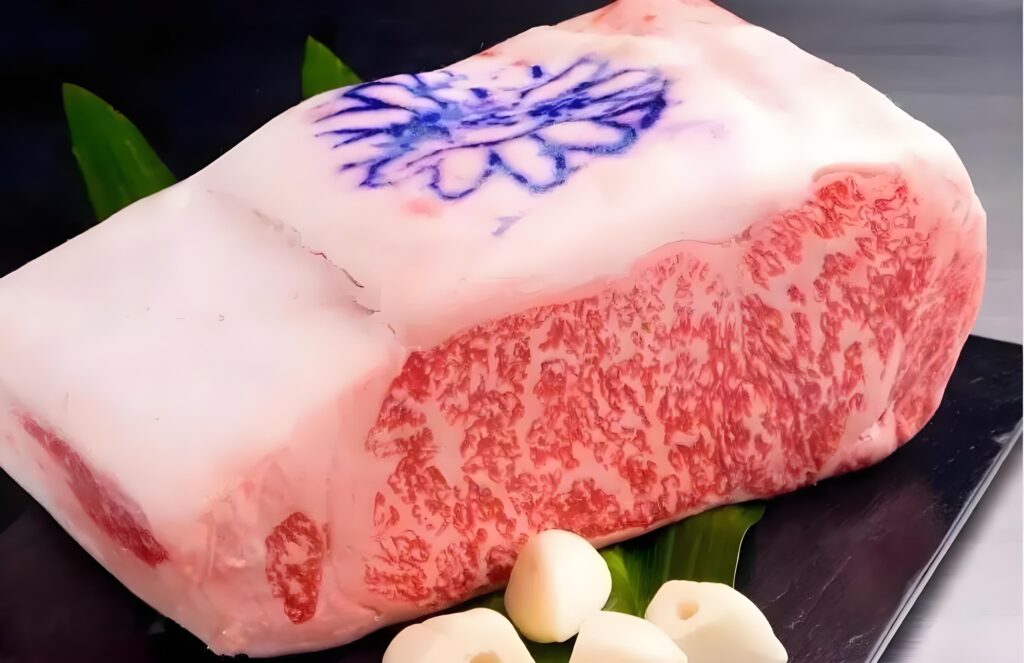
How Kobe Beef Compares to Other Wagyu Brands
Matsusaka Beef (松坂牛)
- Considered even more tender than Kobe Beef.
- Raised in Mie Prefecture, with heifers given longer fattening periods.
Omi Beef (近江牛)
- The oldest Wagyu brand, dating back 400 years.
- Raised in Shiga Prefecture, known for its delicate flavor.
Hida Beef (飛鮮牛)
- Comes from Gifu Prefecture and is highly valued for its rich umami taste.
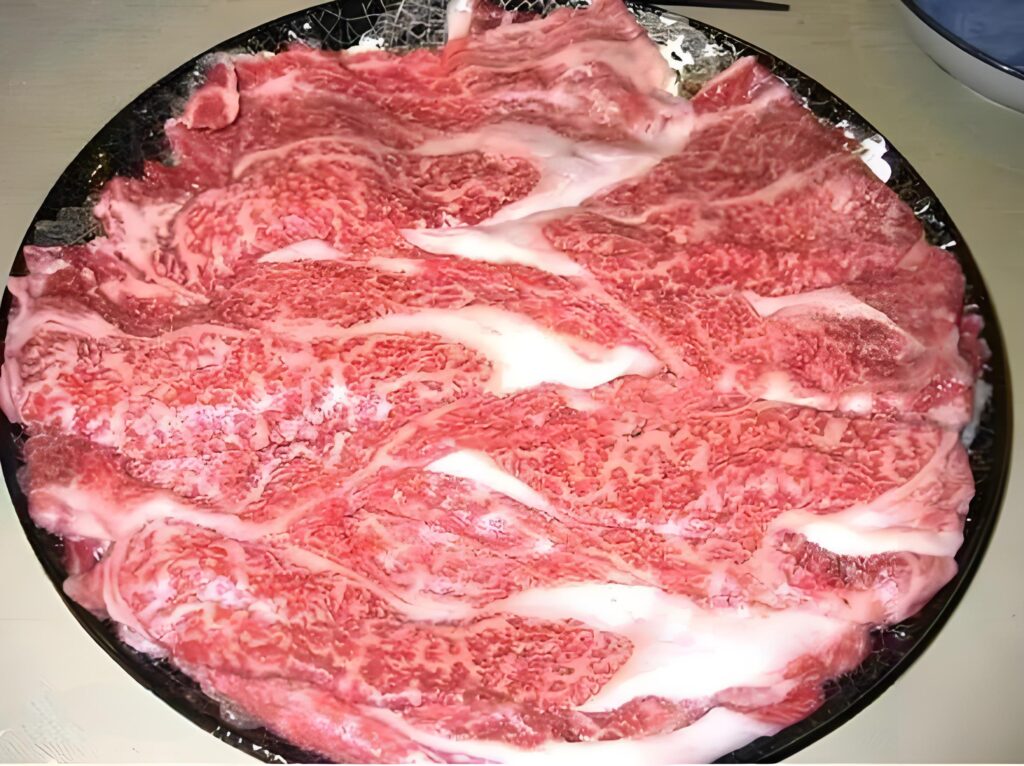
Is “Kobe Beef” Outside Japan Real?
Most “Kobe Beef” you see in Western countries is not authentic. True Kobe Beef is only exported to a few select countries, such as the U.S., Singapore, and Hong Kong. If you’re eating “Kobe-style beef” in places that don’t officially import it, you’re likely getting domestic Wagyu or a lower-quality imitation.
Wagyu Beyond Japan: American and Australian Wagyu
American Wagyu
- Often a crossbreed of Japanese Wagyu and Angus cattle.
- Less marbled than Japanese Wagyu but still more tender than regular beef.
- Graded using USDA Prime or independent scales like the American Wagyu Association (AWA) grading system.
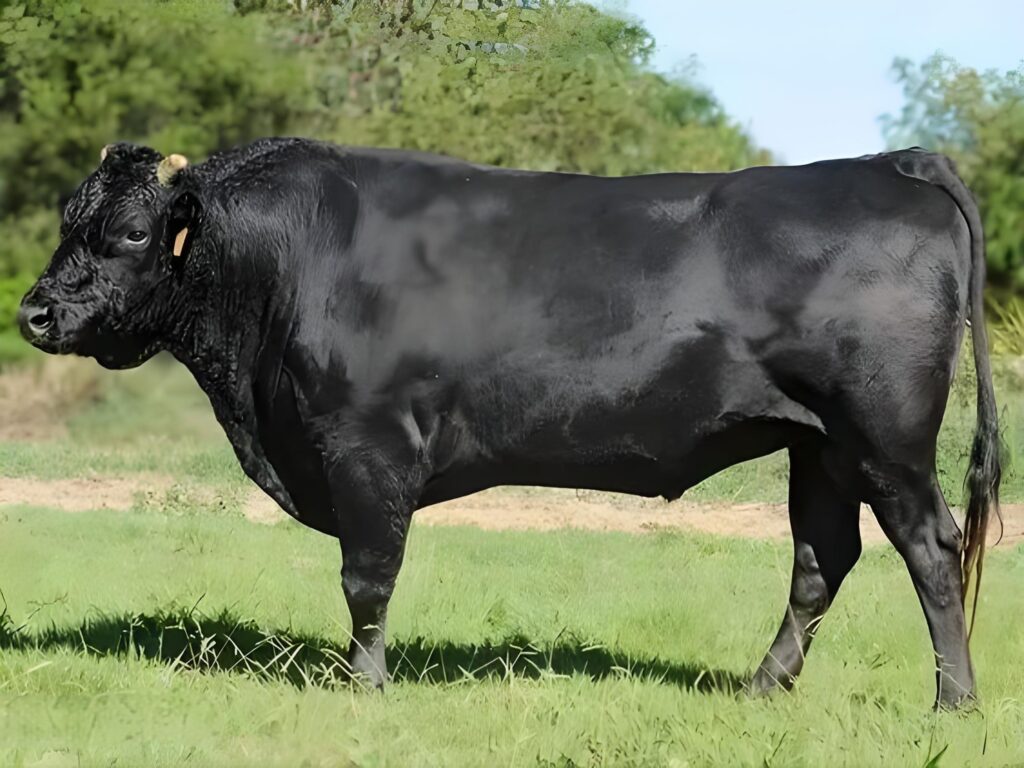
Australian Wagyu
- One of the largest Wagyu producers outside Japan.
- Offers both purebred (Fullblood 100%) Wagyu and Wagyu-Angus hybrids.
- Typically grain-fed for 300+ days to enhance marbling.
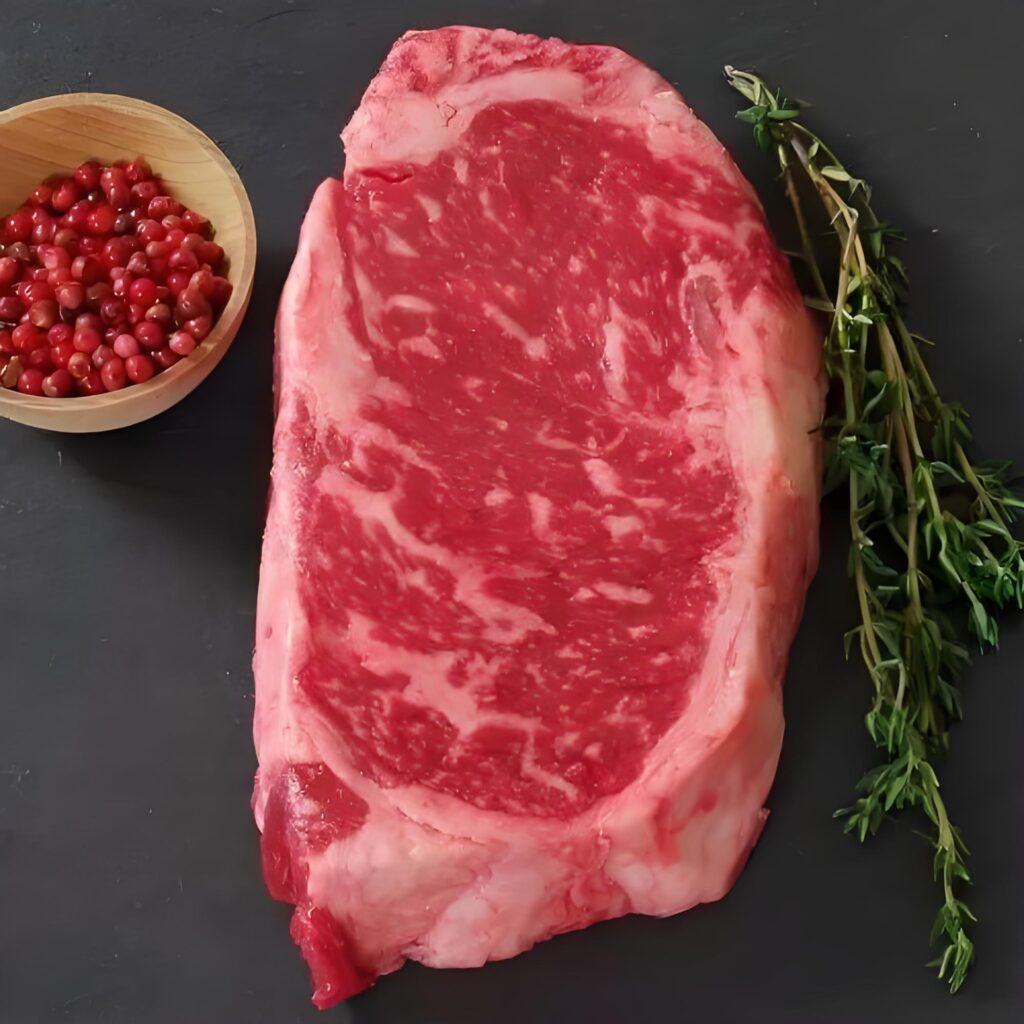
How to Choose High-Quality Wagyu
- Check the Label – Look for a certified Wagyu grading stamp and origin details.
- Examine the Marbling – High-quality Wagyu should have evenly distributed fat.
- Ask for the “Individual Identification Number” – Authentic Japanese Wagyu has a traceable ID to verify its lineage.
Best Ways to Enjoy Wagyu
Traditional Japanese Cooking Methods
Sukiyaki – Thinly sliced Wagyu cooked in a sweet-savory broth.
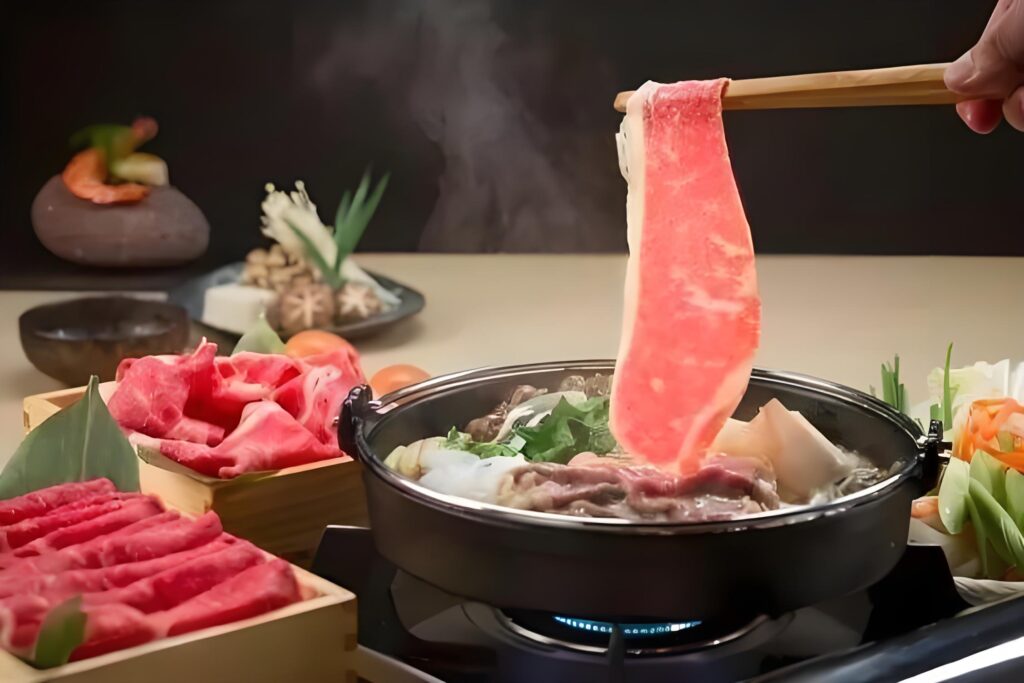
Shabu-Shabu– Lightly swished in hot water and dipped in sauce.
Yakiniku – Japanese-style BBQ, often cooked over charcoal.
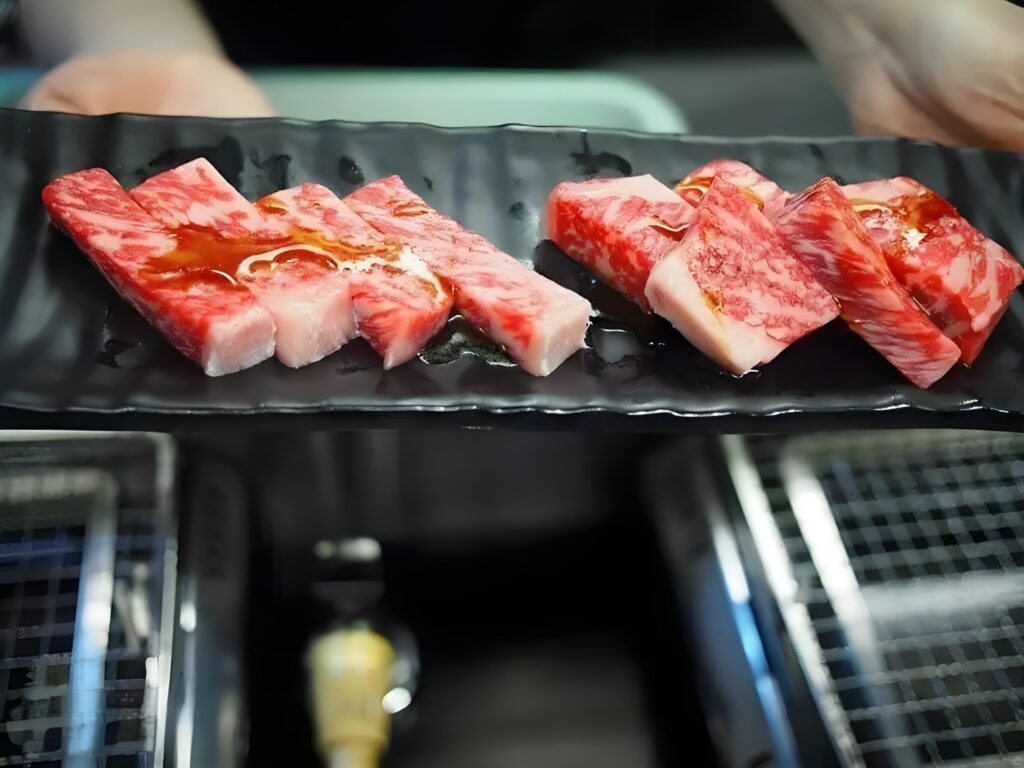
Wagyu Steak – Best cooked medium-rare to preserve the buttery texture.
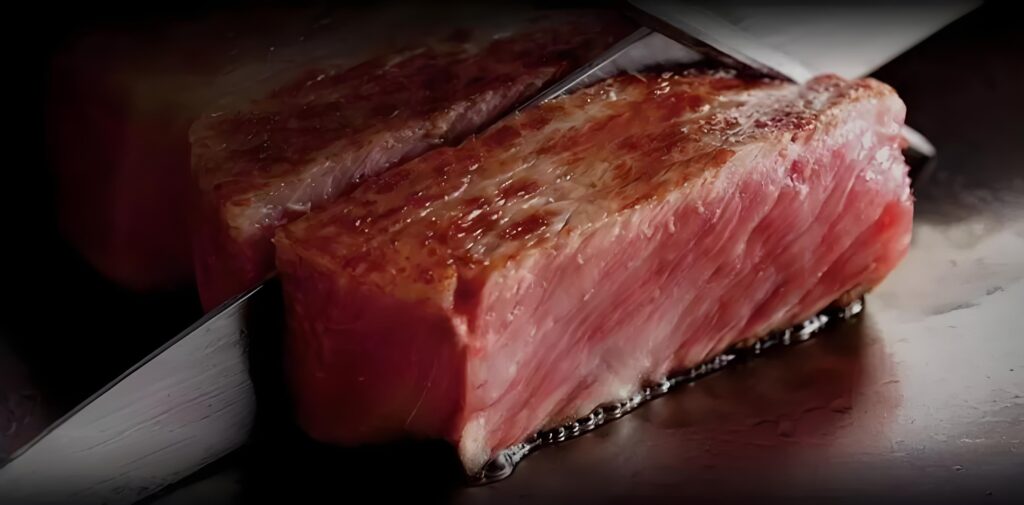
Final Thoughts
Wagyu is more than just beef—it’s a testament to Japan’s dedication to quality and craftsmanship. Whether you’re indulging in authentic Kobe Beef, exploring Matsusaka’s tenderness, or trying American Wagyu, knowing the differences can help you choose and enjoy the best beef possible.
Would You Try Authentic Wagyu?
Have you ever tasted real Japanese Wagyu? What’s your favorite way to enjoy it? Let us know in the comments!







